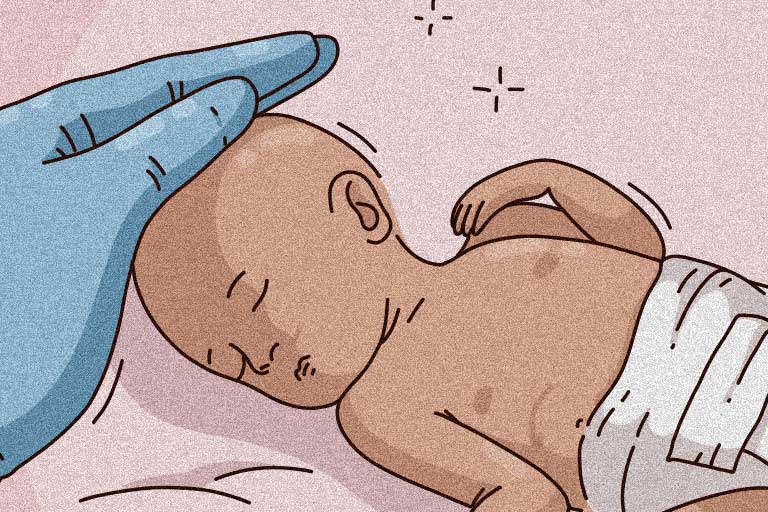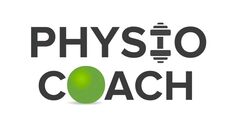Misshaped Heads in Babies: Understanding Plagiocephaly and Its Impacts
Misshapen heads in babies, commonly known as plagiocephaly, often manifest as an uneven head shape or a flat area on the skull. This condition frequently occurs when a baby spends too much time lying on one side of their head. While it’s often cosmetic, plagiocephaly can be associated with delays in gross motor skills development, such as sitting up, crawling, and walking.
What is Plagiocephaly?
Plagiocephaly typically presents in two forms: positional plagiocephaly, resulting from external pressures on the skull (like lying in one position for extended periods), and craniosynostosis, a more severe form caused by the premature fusion of skull plates. Positional plagiocephaly is more common and is generally considered less severe as it does not involve bone fusion.

Causes and Risk Factors
The primary cause of plagiocephaly is sustained pressure on one part of the skull. This can happen due to:
- Prolonged time in car seats, strollers, or other equipment that restricts movement.
- Preference for turning the head to one side, which might be related to tight neck muscles or other conditions.
- Multiple births, where space constraints in the womb can lead to head shape irregularities.
Paediatric Physiotherapy Interventions
Paediatric physiotherapy plays a critical role in managing plagiocephaly and associated developmental delays. Treatment and interventions may include:
- Positioning Techniques: Teaching parents how to position the baby to relieve pressure on the flat spot and encourage more symmetrical head growth.
- Physical Exercises: Engaging the baby in activities that promote strength and mobility, especially if the plagiocephaly is affecting their motor skills.
- Neck Muscle Stretches and Strengthening: For babies with tight neck muscles (torticollis), targeted exercises can help loosen and strengthen these muscles, aiding in more balanced head and body movements.
Benefits of Early Intervention
Early intervention is essential to minimize the effects of plagiocephaly on a child’s development. Effective physiotherapy can lead to:
- Improved symmetry in head shape.
- Enhanced gross motor skills development.
- Reduced risk of developmental complications related to persistent plagiocephaly.
Conclusion
If you notice an uneven head shape in your baby or concerns about their motor skills development, it is crucial to seek advice from a paediatric physiotherapist. Early assessment and intervention can significantly improve both cosmetic concerns and functional abilities, helping your child to achieve optimal developmental outcomes.
